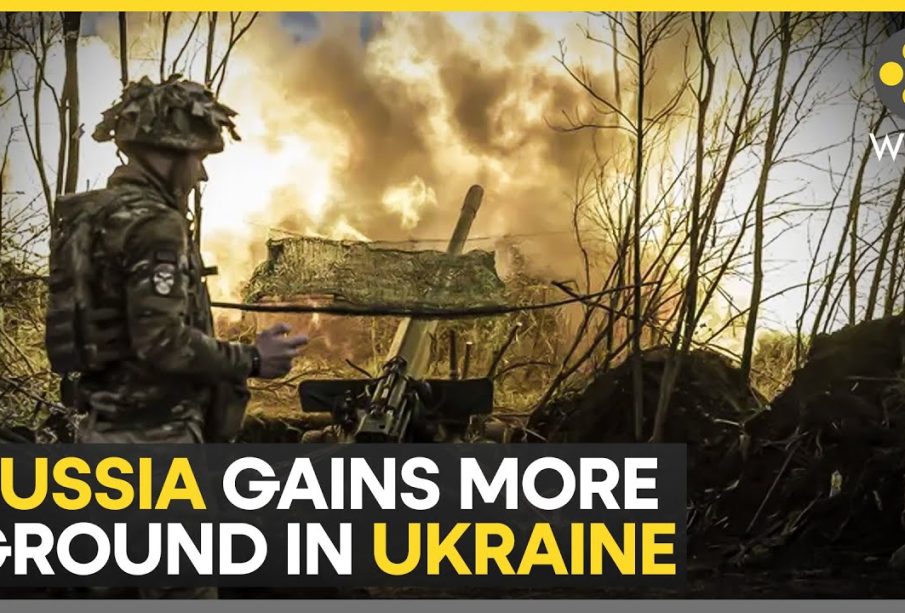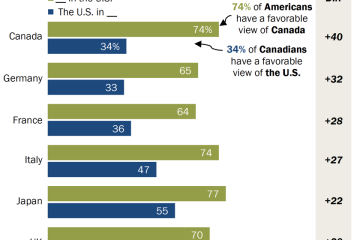The Ongoing Ukraine Conflict: A Deep Dive

Introduction
The conflict in Ukraine has reshaped the geopolitical landscape in Eastern Europe and has significant implications for global security. Since the onset of the war in February 2022, the situation has evolved from a regional dispute into a critical issue affecting international relations, energy security, and humanitarian efforts worldwide. Understanding the current state of affairs in Ukraine is crucial, not only for policymakers but also for citizens who are witnessing the broader consequences of this conflict.
Current Situation in Ukraine
As of October 2023, Ukraine is bracing for the upcoming winter as fighting continues in the eastern and southern regions of the country, particularly around cities such as Bakhmut and Kherson. Ukraine’s military has launched a counteroffensive aimed at reclaiming territories occupied by Russian forces, resulting in both significant gains and challenges on the battlefield. Reports indicate that Ukrainian forces have made advances in the Kharkiv region and have been focusing on liberating crucial supply routes.
Humanitarian Crisis
The ongoing conflict has created a severe humanitarian crisis, displacing millions of Ukrainians. According to the United Nations, over eight million people have been internally displaced, and more than 7.9 million refugees are recorded across Europe. Humanitarian aid organizations are working tirelessly to provide food, medical assistance, and shelter to those affected by the war. However, the harsh winter conditions pose additional risks, making timely assistance even more critical.
Global Implications and Responses
The international community has reacted with a mix of sanctions against Russia and support for Ukraine. NATO allies, particularly the United States and European Union, have provided military assistance, aiming to bolster Ukraine’s defense capabilities. As energy prices spike globally due to supply disruptions caused by the conflict, countries are reassessing their energy dependencies and strategies, prompting ongoing discussions around energy security. Moreover, nations are grappling with the impact of the conflict on global food supplies, as Ukraine is a major exporter of grains.
Conclusion
The conflict in Ukraine is far from over and remains a pivotal crisis that underscores the complexities of modern geopolitics. As winter approaches, the humanitarian situation is poised to worsen, requiring urgent international attention and assistance. Furthermore, the results of ongoing military operations and diplomatic efforts will likely shape the future landscape of Eastern Europe and beyond. Moving forward, it is evident that Ukraine’s fate will continue to influence global stability and drive discussions on international cooperation in addressing conflict and humanitarian crises.





